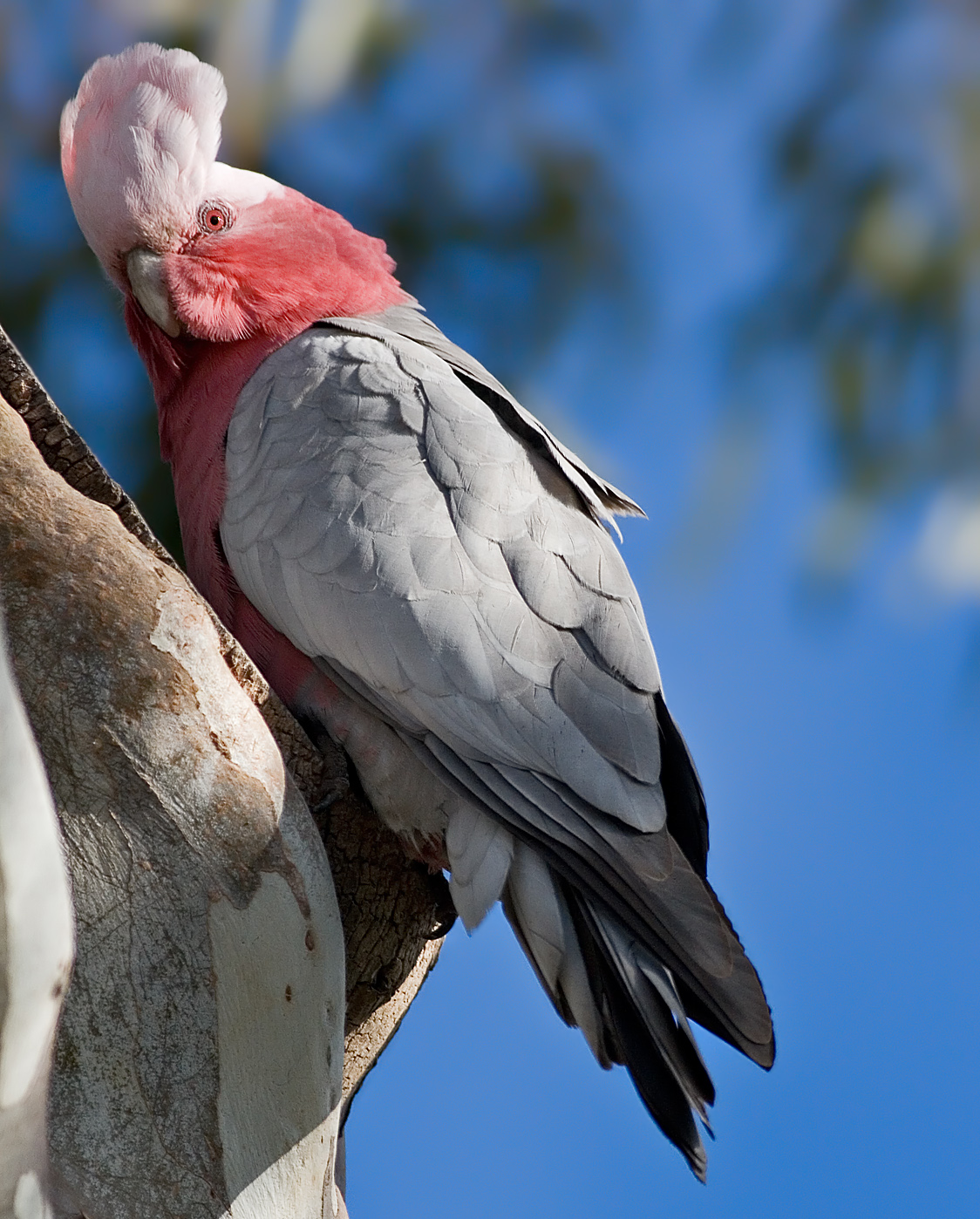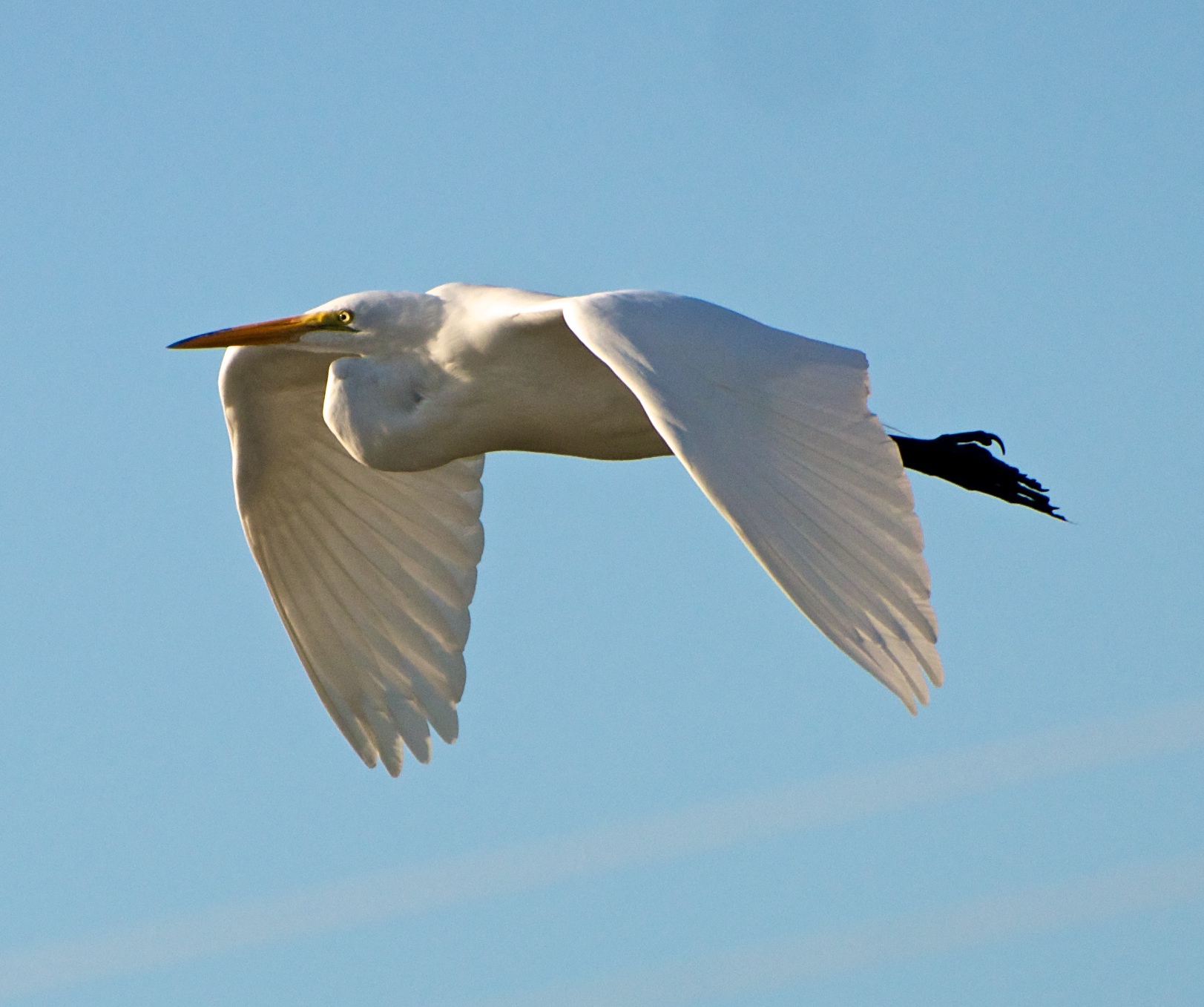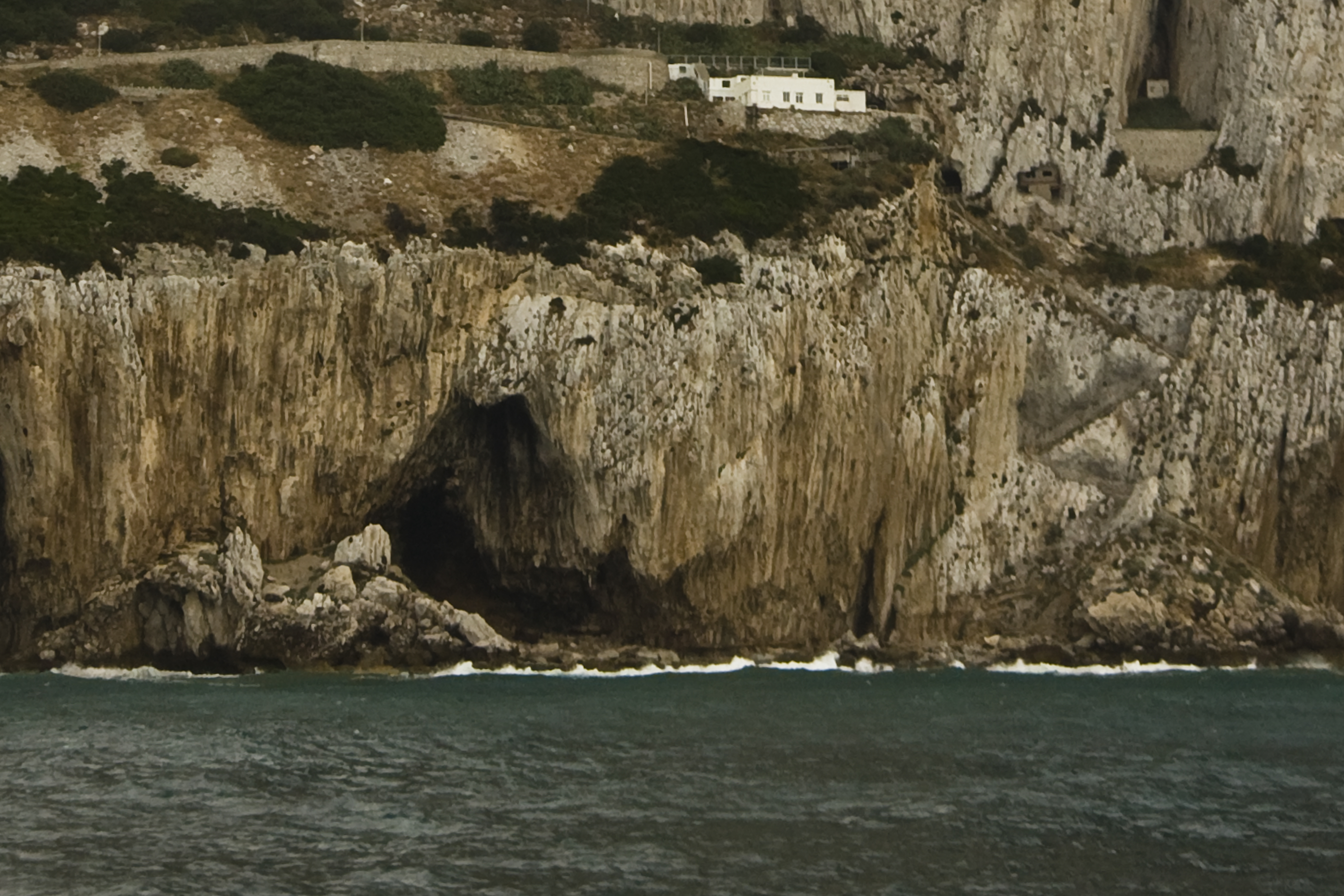|
Communal Roosting
Communal roosting is an animal behavior where a group of individuals, typically of the same species, congregate in an area for a few hours based on an external signal and will return to the same site with the reappearance of the signal. Environmental signals are often responsible for this grouping, including nightfall, high tide, or rainfall. The distinction between communal roosting and cooperative breeding is the absence of chicks in communal roosts. While communal roosting is generally observed in birds, the behavior has also been seen in bats, primates, and insects. The size of these roosts can measure in the thousands to millions of individuals, especially among avian species. There are many benefits associated with communal roosting including: increased foraging ability, decreased thermoregulatory demands, decreased predation, and increased conspecific interactions. While there are many proposed evolutionary concepts for how communal roosting evolved, no specific hypothesis i ... [...More Info...] [...Related Items...] OR: [Wikipedia] [Google] [Baidu] |
Galahs 6 (7857250744)
The galah (; ''Eolophus roseicapilla''), also known as the pink and grey cockatoo or rose-breasted cockatoo, is the only species within genus ''Eolophus'' of the cockatoo Family (biology), family. Found throughout Australia, it is among the most common of the cockatoos. With its distinctive pink and grey plumage and its bold and loud behaviour, it is a familiar sight in the wild and increasingly in urban areas. It has benefited from the change in the landscape since European colonisation, and appears to be replacing the Major Mitchell's cockatoo in parts of its range. Etymology The term galah is derived from ''gilaa'', a word from the Yuwaalaraay and neighbouring Australian Aboriginal languages, Aboriginal languages spoken in north-western New South Wales. Description The galah is about in length, and weighs . It has a pale silver to grey back, a pale grey rump, a pink face and breast, and a light pink mobile Crest (feathers), crest. It has a bone-coloured beak, and the bare ... [...More Info...] [...Related Items...] OR: [Wikipedia] [Google] [Baidu] |
Selfish Herd Theory
The selfish herd theory states that individuals within a population attempt to reduce their predation risk by putting other conspecifics between themselves and predators. A key element in the theory is the domain of danger, the area of ground in which every point is nearer to a particular individual than to any other individual. Such antipredator behavior inevitably results in aggregations. The theory was proposed by W. D. Hamilton in 1971 to explain the gregarious behavior of a variety of animals. It contrasted the popular hypothesis that evolution of such social behavior was based on mutual benefits to the population. The basic principle governing selfish herd theory is that in aggregations, predation risk is greatest on the periphery and decreases toward the center. More dominant animals within the population are proposed to obtain low-risk central positions, whereas subordinate animals are forced into higher risk positions. The hypothesis has been used to explain why populati ... [...More Info...] [...Related Items...] OR: [Wikipedia] [Google] [Baidu] |
Tricolored Heron
The tricolored heron (''Egretta tricolor''), formerly known as the Louisiana heron, is a small species of heron native to coastal parts of the Americas; in the Atlantic region, it ranges from the northeastern United States, south along the coast, through the Gulf of Mexico and the Caribbean, to northern South America as far south as Brazil. In the Pacific region, it ranges from Peru to California, but it is only a nonbreeding visitor to the far north. Habitat and breeding Tricolored herons breed in swamps and other coastal habitats. They nest in colonies, often with other herons, usually on platforms of sticks in trees or shrubs. In each clutch, three to seven eggs are typically laid. Description This species measures from long and has a typical wingspan of . The slightly larger male heron weighs on average, while the female averages . It is a medium-large, long-legged, long-necked heron with a long, pointed, yellowish or greyish bill with a black tip. Its legs and feet are d ... [...More Info...] [...Related Items...] OR: [Wikipedia] [Google] [Baidu] |
Little Blue Heron
The little blue heron (''Egretta caerulea'') is a small heron of the genus ''Egretta''. It is a small, darkly colored heron with a two-toned bill. Juveniles are entirely white, bearing resemblance to the snowy egret. During the breeding season, adults develop different coloration on the head, legs, and feet. They have a range that encompasses much of the Americas, from the United States to northern South America. Some populations are migratory. Climate change will probably cause their distribution to spread north. They can be found in both saltwater and freshwater ecosystems. Their preference for either one depends on where they live. Nesting behaviors are documented by numerous sources. The adults build nests in trees, in colonies with other bird species. The number of eggs laid varies from place to place. The young mature quickly, requiring little attention from adults after about nineteen days of age. Both young and adults are sometimes preyed on by other species. Adults ... [...More Info...] [...Related Items...] OR: [Wikipedia] [Google] [Baidu] |
Great Egret
The great egret (''Ardea alba''), also known as the common egret, large egret, or (in the Old World) great white egret or great white heron is a large, widely distributed egret. The four subspecies are found in Asia, Africa, the Americas, and southern Europe. Recently it is also spreading to more northern areas of Europe. Distributed across most of the tropical and warmer temperate regions of the world, it builds tree nests in colonies close to water. Taxonomy and systematics Like all egrets, it is a member of the heron family, Ardeidae. Traditionally classified with the storks in the Ciconiiformes, the Ardeidae are closer relatives of pelicans and belong in the Pelecaniformes, instead. The great egret—unlike the typical egrets—does not belong to the genus ''Egretta'', but together with the great herons is today placed in '' Ardea''. In the past, however, it was sometimes placed in ''Egretta'' or separated in a monotypic genus ''Casmerodius''. The Old World population is ... [...More Info...] [...Related Items...] OR: [Wikipedia] [Google] [Baidu] |
Scientific Reports
''Scientific Reports'' is a peer-reviewed open-access scientific mega journal published by Nature Portfolio, covering all areas of the natural sciences. The journal was established in 2011. The journal states that their aim is to assess solely the scientific validity of a submitted paper, rather than its perceived importance, significance, or impact. In September 2016, the journal became the largest in the world by number of articles, overtaking '' PLOS ONE''. Abstracting and indexing The journal is abstracted and indexed in the Chemical Abstracts Service, the Science Citation Index Expanded, and selectively in Index Medicus/MEDLINE/PubMed. According to the ''Journal Citation Reports'', the journal has a 2021 impact factor 4.996. Reviewing policy The ''Guide to Referees'' states that to be published, "a paper must be scientifically valid and technically sound in methodology and analysis", and reviewers have to ensure manuscripts "are not assessed based on their perceived impor ... [...More Info...] [...Related Items...] OR: [Wikipedia] [Google] [Baidu] |
Gibraltar
) , anthem = " God Save the King" , song = " Gibraltar Anthem" , image_map = Gibraltar location in Europe.svg , map_alt = Location of Gibraltar in Europe , map_caption = United Kingdom shown in pale green , mapsize = , image_map2 = Gibraltar map-en-edit2.svg , map_alt2 = Map of Gibraltar , map_caption2 = Map of Gibraltar , mapsize2 = , subdivision_type = Sovereign state , subdivision_name = , established_title = British capture , established_date = 4 August 1704 , established_title2 = , established_date2 = 11 April 1713 , established_title3 = National Day , established_date3 = 10 September 1967 , established_title4 = Accession to EEC , established_date4 = 1 January 1973 , established_title5 = Withdrawal from the EU , established_date5 = 31 January 2020 , official_languages = English , languages_type = Spoken languages , languages = , capital = Westside, Gibraltar (de facto) , coordinates = , largest_settlement_type = largest district , l ... [...More Info...] [...Related Items...] OR: [Wikipedia] [Google] [Baidu] |
Gorham's Cave
Gorham's Cave ( es, Cueva de Gorham, ) is a sea-level cave in the British overseas territory of Gibraltar. Though not a sea cave, it is often mistaken for one. Considered to be one of the last known habitations of the Neanderthals in Europe, the cave gives its name to the Gorham's Cave complex, which is a combination of four distinct caves of such importance that they are combined into a UNESCO World Heritage Site, the only one in Gibraltar. The three other caves are Vanguard Cave, Hyaena Cave, and Bennett's Cave.Gorham's Cave Complex, UNESCO tentative sites list Retrieved 4 August 2014 It is located at Governor's Beach on the southeastern face of the |
Eurasian Crag Martin
The Eurasian crag martin or just crag martin (''Ptyonoprogne rupestris'') is a small passerine bird in the swallow family. It is about long with ash-brown upperparts and paler underparts, and a short, square tail that has distinctive white patches on most of its feathers. It breeds in the mountains of southern Europe, northwestern Africa and across the Palearctic. It can be confused with the three other species in its genus, but is larger with brighter tail spots and different plumage tone. Many European birds are resident, but some northern populations and most Asian breeders are bird migration, migratory, wintering in northern Africa, the Middle East or India. The Eurasian crag martin builds a nest adherent to the rock under a cliff overhang or increasingly onto a man-made structure. It makes a neat half-cup mud nest with an inner soft lining of feathers and dry grass. Nests are often solitary, although a few pairs may breed relatively close together at good locations. Two to ... [...More Info...] [...Related Items...] OR: [Wikipedia] [Google] [Baidu] |
Tree Swallow
The tree swallow (''Tachycineta bicolor'') is a migratory bird of the family Hirundinidae. Found in the Americas, the tree swallow was first described in 1807 by French ornithologist Louis Vieillot as ''Hirundo bicolor''. It has since been moved to its current genus, '' Tachycineta'', within which its phylogenetic placement is debated. The tree swallow has glossy blue-green , with the exception of the blackish wings and tail, and white . The bill is black, the eyes dark brown, and the legs and feet pale brown. The female is generally duller than the male, and the first-year female has mostly brown upperparts, with some blue feathers. Juveniles have brown upperparts, and a grey-brown-washed breast. The tree swallow breeds in the US and Canada. It winters along southern US coasts south, along the Gulf Coast, to Panama and the northwestern coast of South America, and in the West Indies. The tree swallow nests either in isolated pairs or loose groups, in both natural and artificial ... [...More Info...] [...Related Items...] OR: [Wikipedia] [Google] [Baidu] |
Green Wood Hoopoe
The green wood hoopoe (''Phoeniculus purpureus'') is a large, up to long, near-passerine tropical bird native to Africa. It is a member of the family Phoeniculidae, the wood hoopoes, and was formerly known as the red-billed wood hoopoe. Description This abundant species is a metallic dark green, with a purple back and very long diamond-shaped purple tail. Distinctive white markings on the wings and white chevrons on the tail edges make it easily identifiable, as does its long, thin, curved red bill. Sexes are similar, but immatures have a black bill. Food and foraging The green wood hoopoe is an insect-eating species. It feeds mainly on the ground, at termite mounds, or on tree trunks, and forms flocks outside the breeding season. Its specialised claws enable it to cling easily to the underside of branches while closely inspecting the bark for insects. Calls This conspicuous bird advertises its presence with its loud ''kuk-uk-uk-uk-uk'' call and other vocalisations. Breeding ... [...More Info...] [...Related Items...] OR: [Wikipedia] [Google] [Baidu] |
Acorn Woodpecker
The acorn woodpecker (''Melanerpes formicivorus'') is a medium-sized woodpecker, long, with an average weight of . Taxonomy The acorn woodpecker was formally described in 1827 by the English naturalist William John Swainson under the binomial name ''Picus formicivorus'' from a specimen collected in Mexico. The specific epithet combines the Latin ''formica'' meaning "ant" with ''-vorus'' meaning "eating". The type locality is Temascaltepec in Mexico. The acorn woodpecker is one of 24 species now placed in the genus ''Melanerpes'' that was introduced by Swainson in 1832. Within ''Melanerpes'' the acorn woodpecker is sister to a clade containing two South American species: the white woodpecker (''Melanerpes candidus'') and the white-fronted woodpecker (''Melanerpes cactorum''). Seven subspecies are recognised: * ''M. f. bairdi'' Ridgway, 1881 – Oregon (USA) to north Baja California (Mexico) * ''M. f. angustifrons'' Baird, SF, 1870 – south Baja California (Mexico) * ' ... [...More Info...] [...Related Items...] OR: [Wikipedia] [Google] [Baidu] |
.jpg)


_juvenile.jpg)




.jpg)
.jpg)